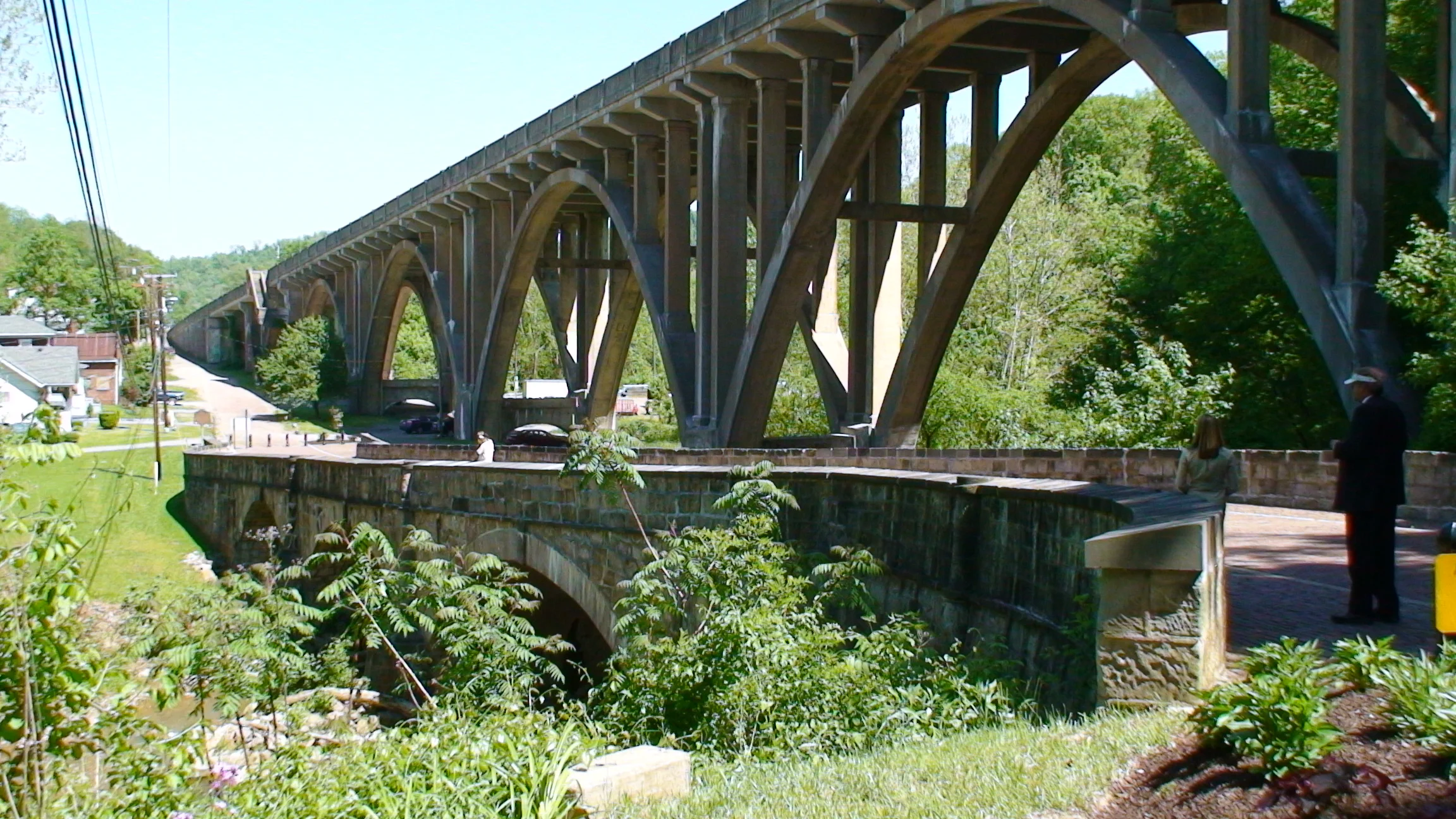By Maria Walliser-Wejebe, GOPC Project Associate
The need for an accessible, multi-modal transportation network doesn’t vary between rural and urban contexts; forty-five percent of the population in rural communities relies on modes other than a personal automobile to get around.
That was the primary finding in a study by Healthy Choices Healthy Communities (HCHC), which conducted the study to better understand the ways that transportation needs are creating a barrier for residents seeking to access healthcare. Residents of rural counties in Northern Kentucky and Southeast Ohio were surveyed on their transportation habits and their understanding of alternative transportation services. The surveys revealed that nearly half of area residents rely on methods of transportation other than a personal car as their primary means of getting around[i].
Fifty-five percent of respondents use transportation services, like a public bus system, medicab, taxi, or hospital van ministry, at least once a month. The study also noted that a third of respondents find it difficult at times to find transportation. The study concluded that extended service and improved communication would enhance the mobility options for rural residents.
This study shows that for residents who are unable to drive, transportation becomes a barrier to accessing essential services and carries with it important lessons for Ohio. Ohio’s senior population is expected to increase 66% by the year 2030, most significantly shifting the demographic profile of rural communities and straining reliance on friends and family as a primary method of transportation. Without action, these future trends will directly limit the ability of an individual to age in place [iii]. The current rates of transportation service use to access primary care will only grow in the future, indicating a need for increased financial support to deliver frequent and reliable service.
While there is a studied need for improved transit service in urban centers, the HCHC study highlights the critical need for public transportation options in rural communities, both today and in the future. By 2025, Ohio’s transit systems will require an additional $562 million in funding for capital and operational costs to meet the rising demand for public transit, including unmet need in rural areas[ii].
For more on the Healthy Choices Healthy Communities, please visit their website
[i] Study highlights the need for public transportation Huntington Herald-Dispatch January 4, 2019
[ii] Ohio Department of Transportation. “2014 Transit Needs Study”
See also: Surface Transportation Policy Project. “Aging Americans: Stranded without Options.”
[iii] GOPC Getting Ohio To Work: Reaching Opportunity Through Public Transportation Part IV


